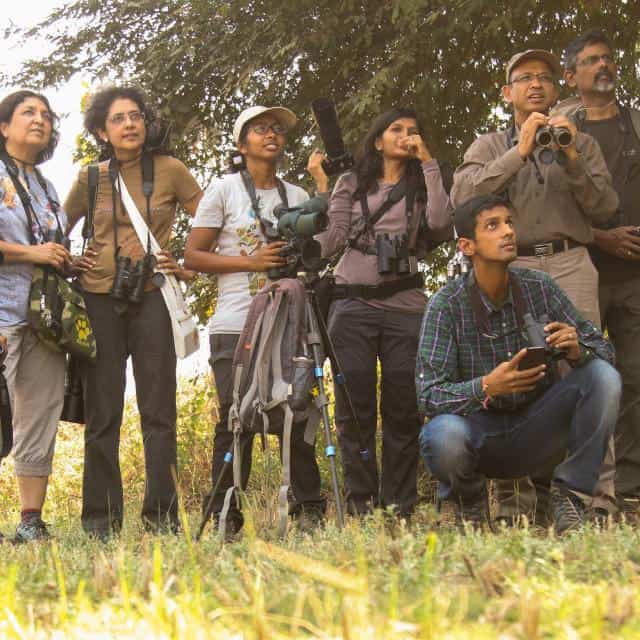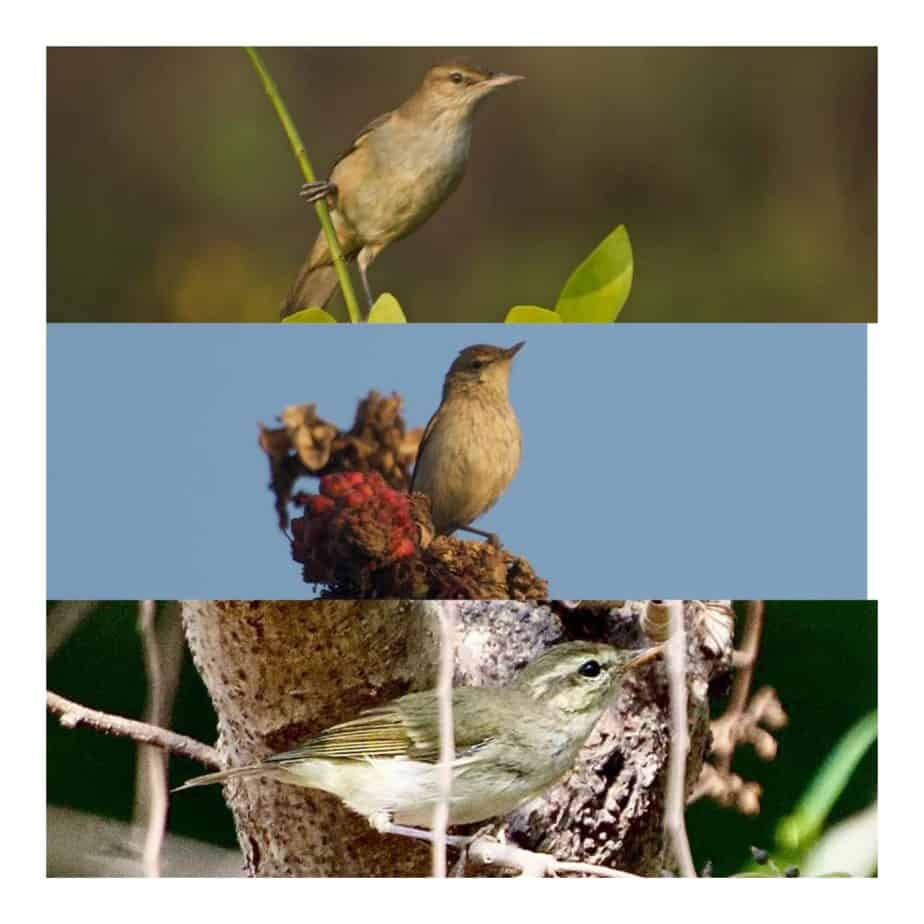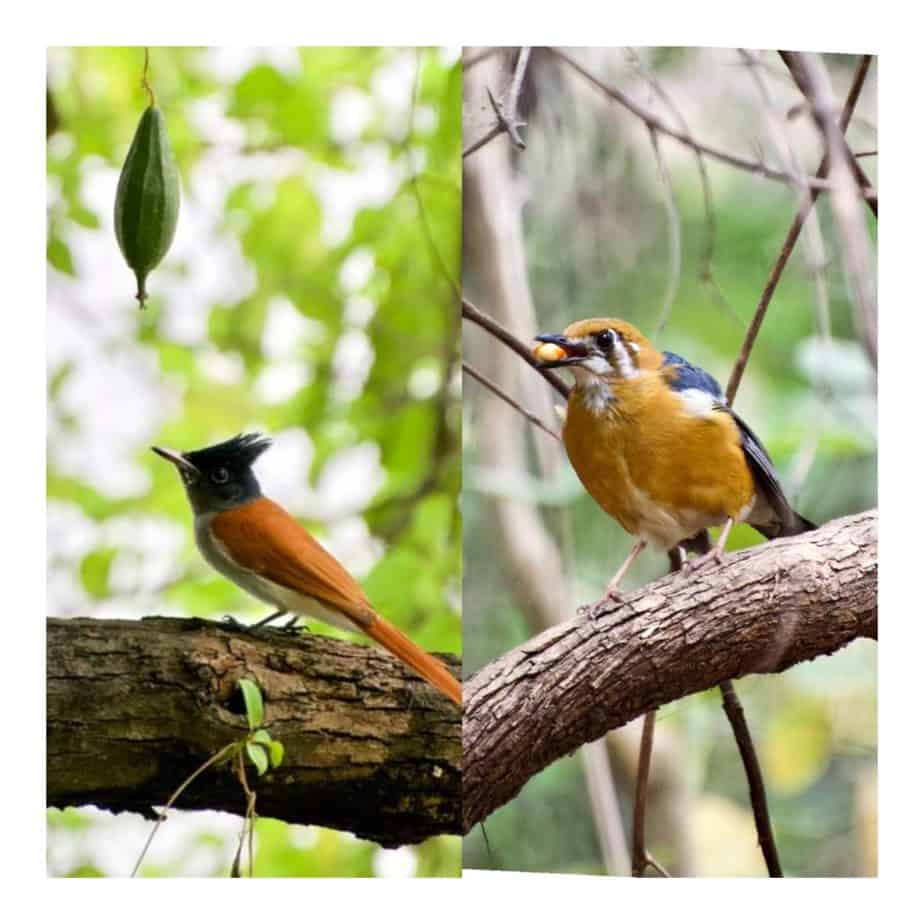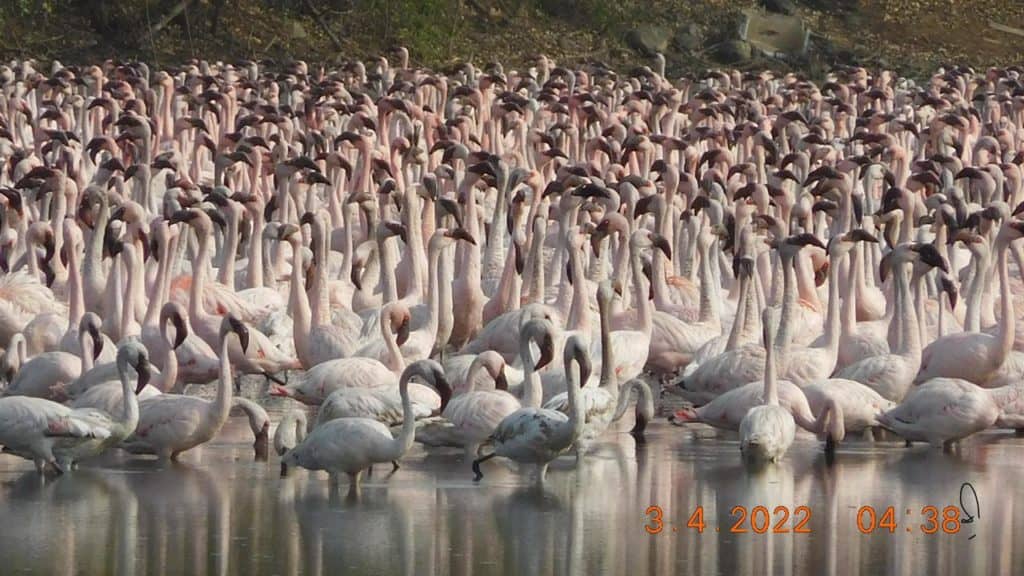In 2020, a nationwide study, State of India’s Birds, found that Maharashtra’s bird population had reduced by 85% due to developmental projects that were affecting wetlands and openlands. Sunjoy Monga, a naturalist, suggested that openlands – that include grasslands and scrublands – are wrongly categorised as wastelands by the State. Concrete buildings and entertainment zones are built over them, directly influencing biodiversity in the area.
“The same trend applies to wetlands, which are highly susceptible to the activities of the land mafia, builders, lobbies and encroachers in general,” he was quoted as telling The Times of India.
Sunjoy has been organising an annual Bird Race since 2005, where participants from all over India take part in the documentation of birds in different parts of Maharashtra. Since 2007, the event has been expanded to other states as well. As part of the event, participants are asked to segregate into teams, with at least one member as a proficient birder. Each team is required to register with a team name and is asked to log the bird species found into an app called E-bird, a citizen science app that helps citizens contribute to data sets and facilitates the archival of flora and fauna that are indigenous to a particular land.
The concept behind this exercise is to engage more people in bird populations around their areas and build a repository of their existence. Given the threats to their populations, it is the need of the hour to document them towards their potential protection.

Our team – the ‘Starling’ – with myself, Ashish Patil, Subodh Bhoir and Anjali Bhagwat chose Navi Mumbai and its surrounding forests and wetlands as our area for exploration.

We began the bird race with the TS Chanakya and Talawe wetlands. We saw a number of Warblers and Waders, sending us in an identification frenzy due to their similar features.


You now see only a few of them at a time. Waders that need mudflats cannot land as the intertidal waters are barricaded by encroachments to flow naturally. Birds find it hard to survive on stagnant waters, as they need tidal waters of wetlands. The few that land here fight for space on floating trash produced by the city

Also flushed from our feet were the Yellow Bittern and Striated Heron.

Next was valley park in Belapur – a typical thrush habitat laden with dry leaves. Indian Paradise Flycatcher and Orange Headed Thrushes were spotted without much effort.

By noon, we headed to Kharghar wetlands. Hundreds of birds were in flight, like Purple Herons, Blue Tailed Bee Eaters, Greater Spotted Eagles and a few species of ducks. However, we noticed fewer flamingos this time; a mere 1500 as compared to 15000 found in the preceding years. Under constant threat of illegal activities, these areas are not as safe for their bird populations anymore
Read more: In the destruction of wetlands, is CIDCO above the law?
The annual bird race is an opportunity for us to feel closer to nature, but it also raises an alarm about degrading habitats leading to declining bird counts in the coming years. We must learn to coexist with nature because if we don’t, there will only be animations and sculptures instead of real creatures.